Optimal Timing for Cement Restorations
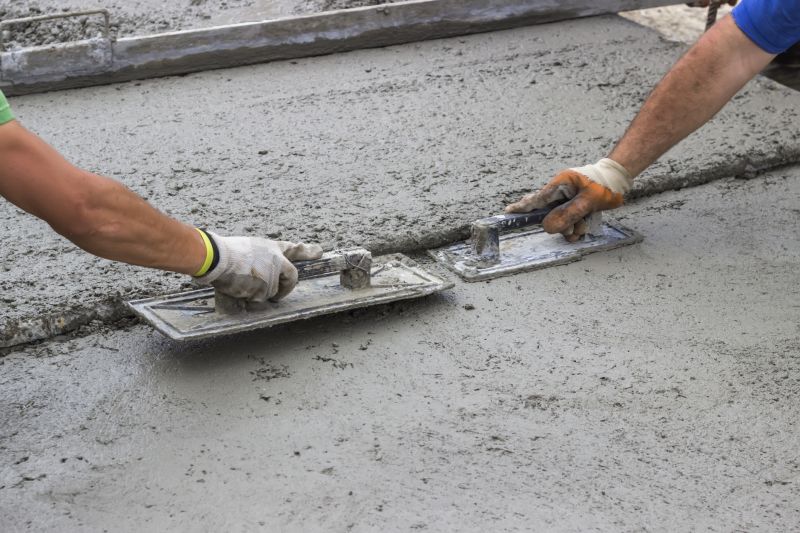
Optimal for quick setting and minimal moisture interference.
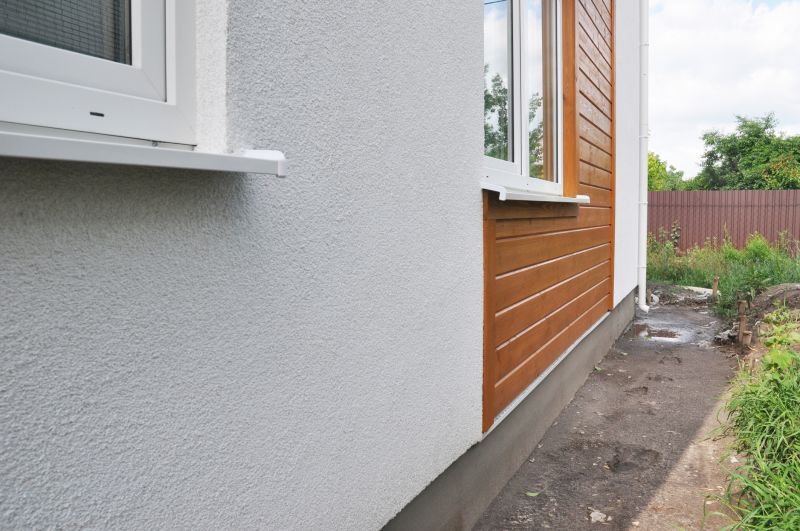
Ideal when temperatures are moderate, reducing cracking risk.
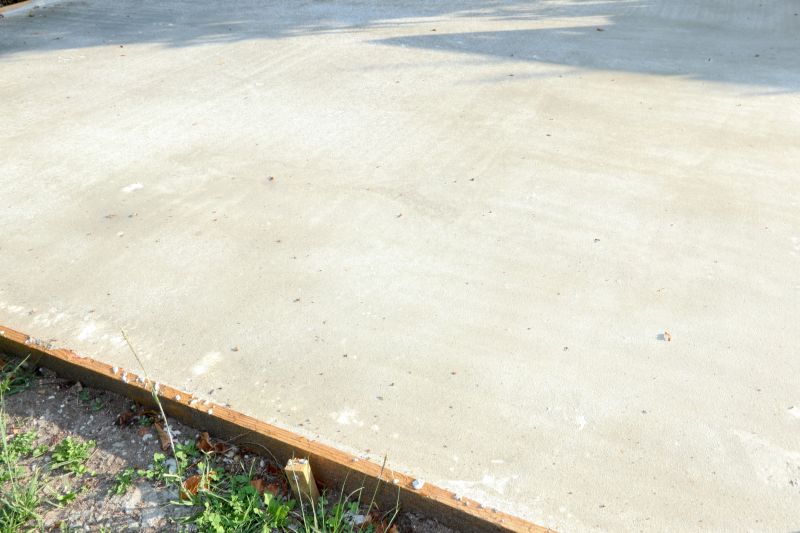
Requires careful planning due to cold temperatures affecting curing.
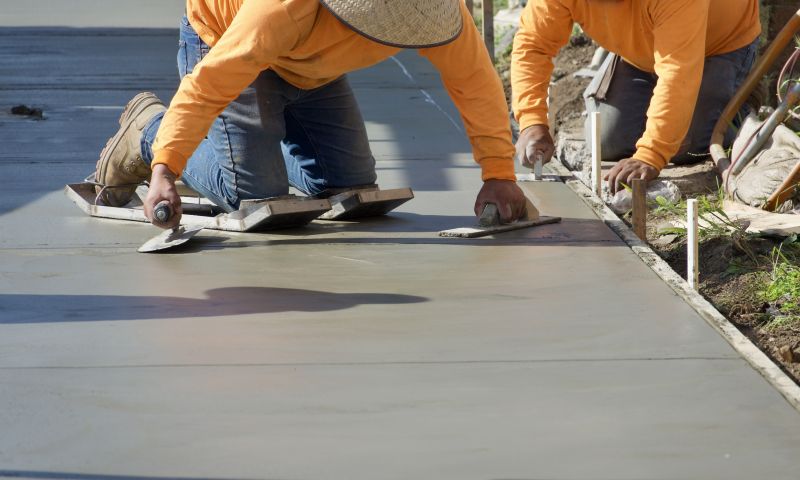
Ways to make Cement Restorations work in tight or awkward layouts.
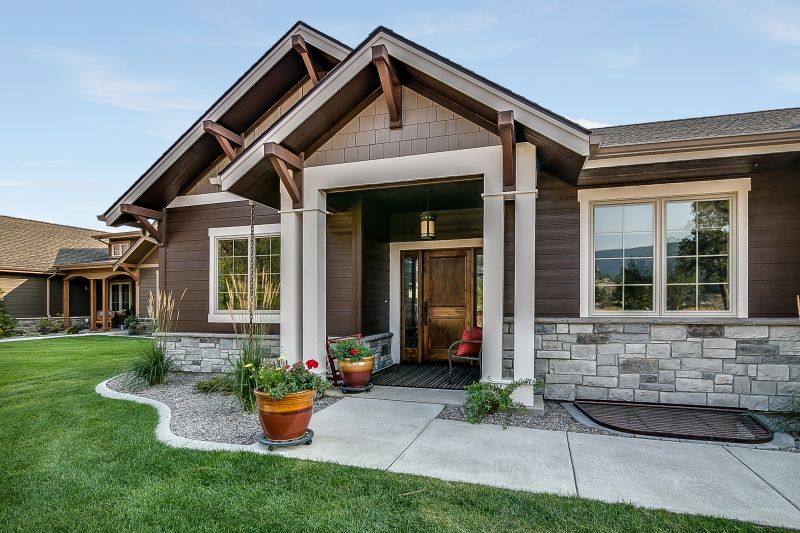
Popular materials for Cement Restorations and why they hold up over time.
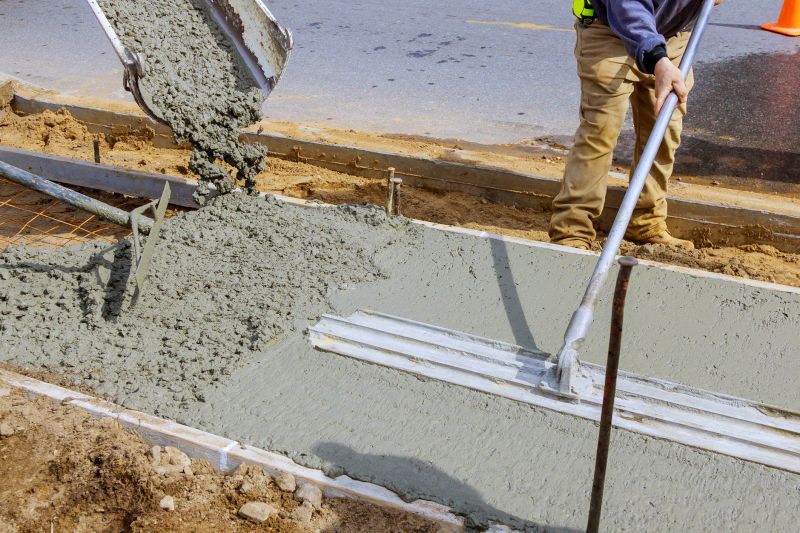
Simple add-ons that improve Cement Restorations without blowing the budget.
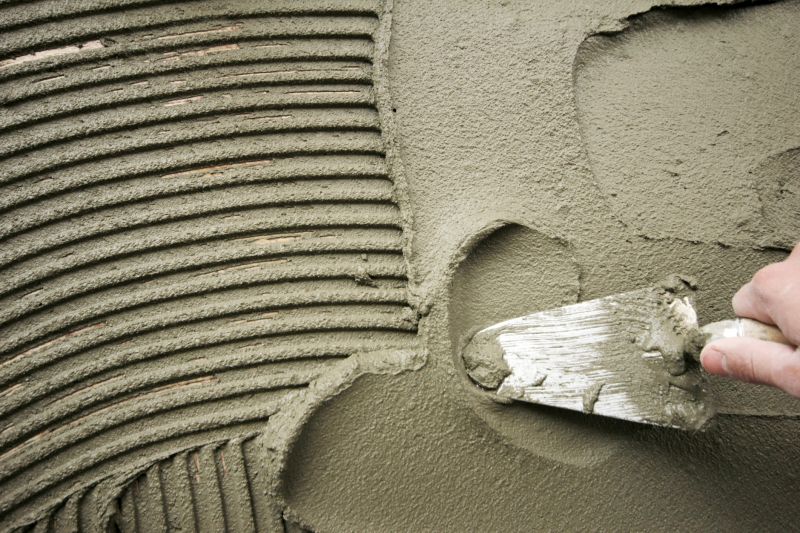
High-end options that actually feel worth it for Cement Restorations.
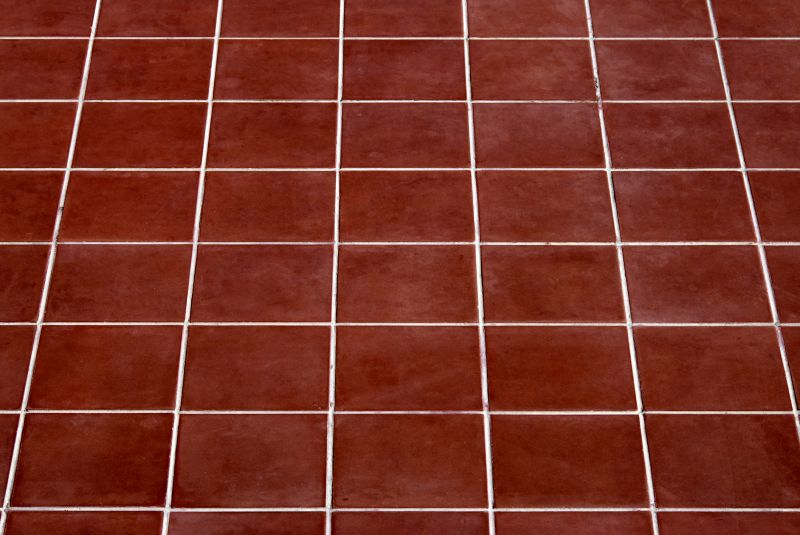
Finishes and colors that play nicely with Cement Restorations.
Cement restorations are commonly used for repairing and rebuilding damaged or worn dental structures. They provide strength, durability, and a natural appearance, making them a preferred choice for various dental procedures. The timing of cement restorations can influence their longevity and effectiveness, with factors such as temperature, humidity, and patient health playing a role.
Perform cement restorations during periods with stable environmental conditions to ensure optimal curing and bonding.
Extreme weather conditions, such as high humidity or cold temperatures, can affect the setting process and final outcome.
Patient health and oral conditions should be considered when scheduling procedures for best results.
Different cement materials have specific curing requirements that influence the best timing for application.
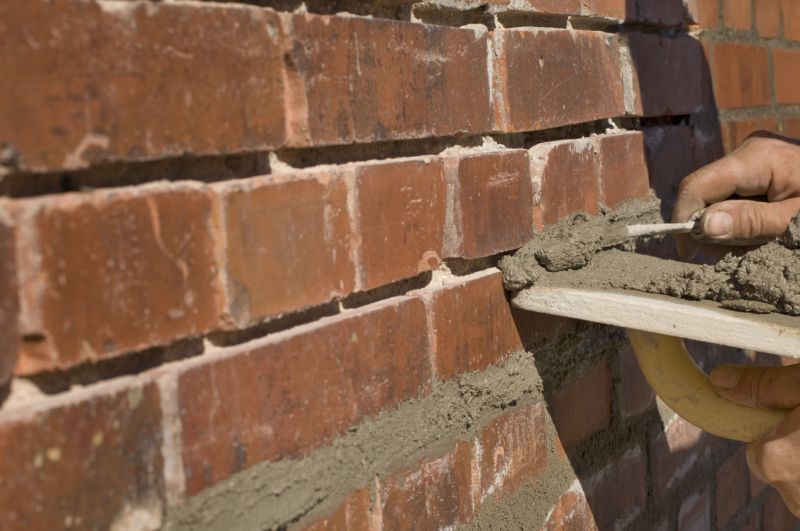
A detailed view of the application and curing process.

Various cement types used in restorative dentistry.
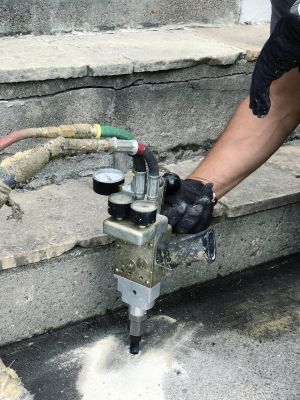
Tools and devices used for precise application.
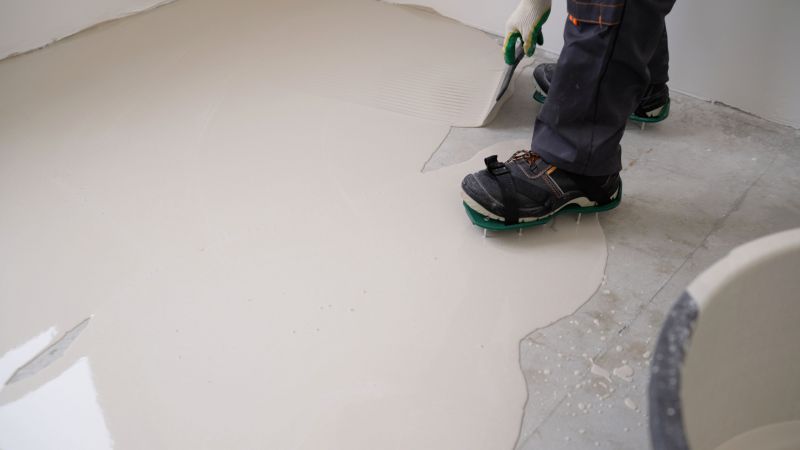
Maintaining cement restorations for longevity.
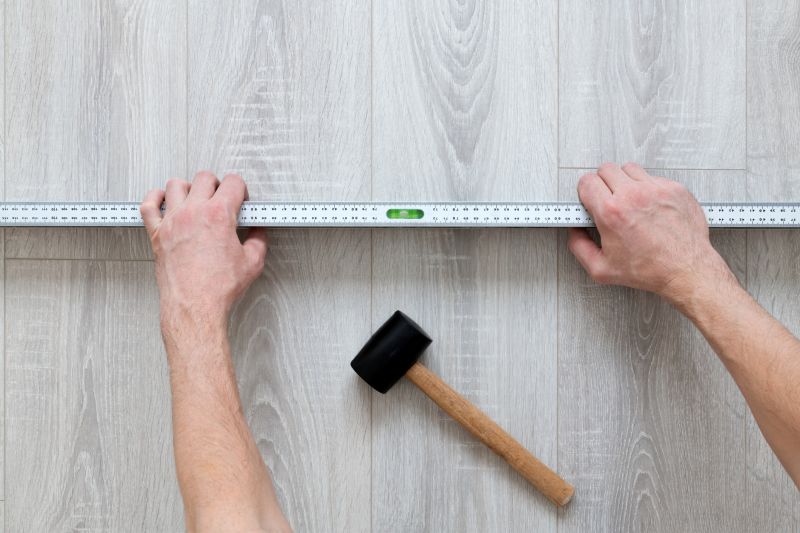
Little measurements that prevent headaches on Cement Restorations day.
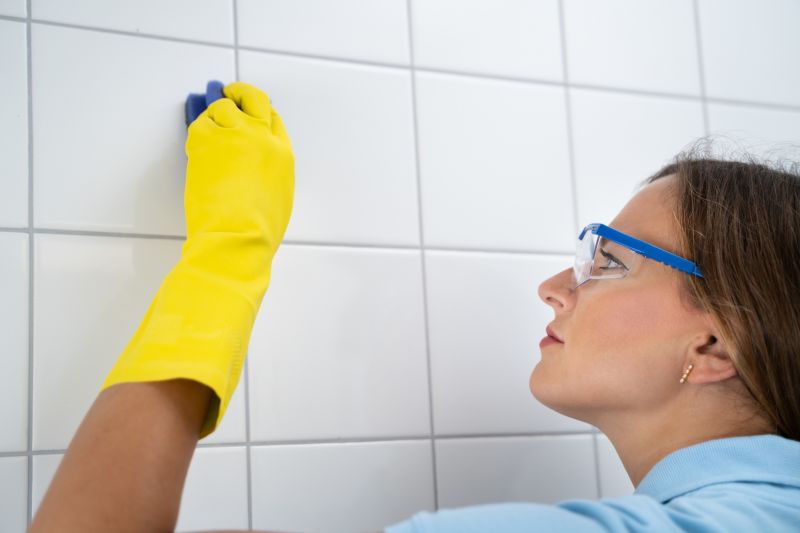
A 60-second routine that keeps Cement Restorations looking new.
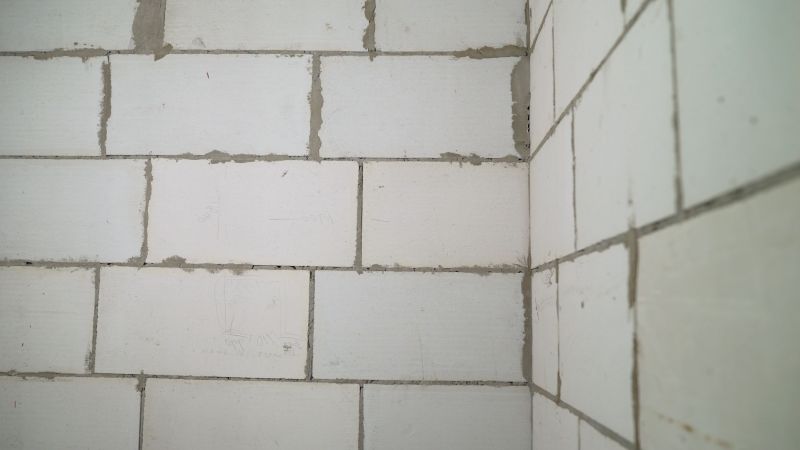
A frequent mistake in Cement Restorations and how to dodge it.
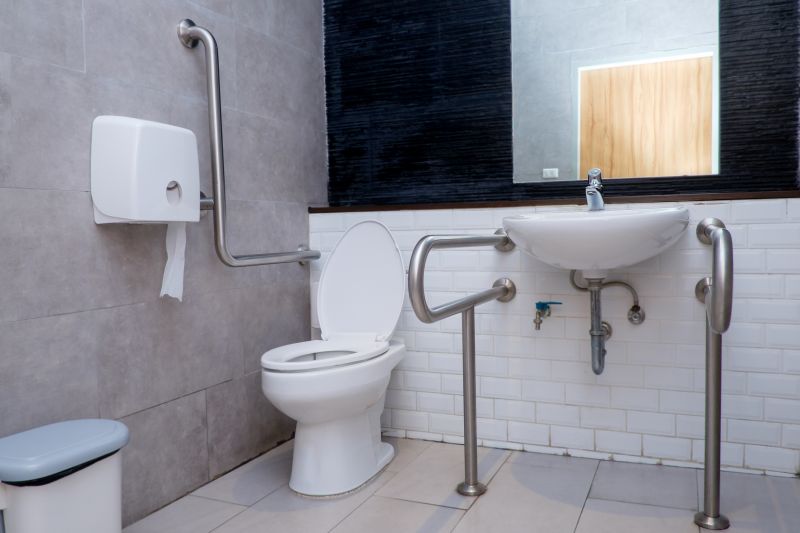
Small tweaks to make Cement Restorations safer and easier to use.
| Factor | Impact on Timing |
|---|---|
| Temperature | Cold temperatures can hinder proper curing, while high heat may cause rapid setting. |
| Humidity | Excess moisture can weaken the bond and compromise the restoration. |
| Patient Oral Health | Active infections or poor oral hygiene can affect bonding and healing. |
| Material Type | Some cements require specific conditions for optimal setting. |
| Time of Day | Scheduling during periods of low activity can reduce disturbances during curing. |
| Seasonal Climate | Certain seasons offer more stable conditions for cement application. |
Understanding the optimal timing for cement restorations is essential for achieving durable and effective results. Environmental factors such as temperature and humidity significantly influence the curing process, while patient health and material specifications also play crucial roles. Proper scheduling ensures that restorations adhere properly and last longer, reducing the need for future repairs.

Application process demonstrating ideal conditions.
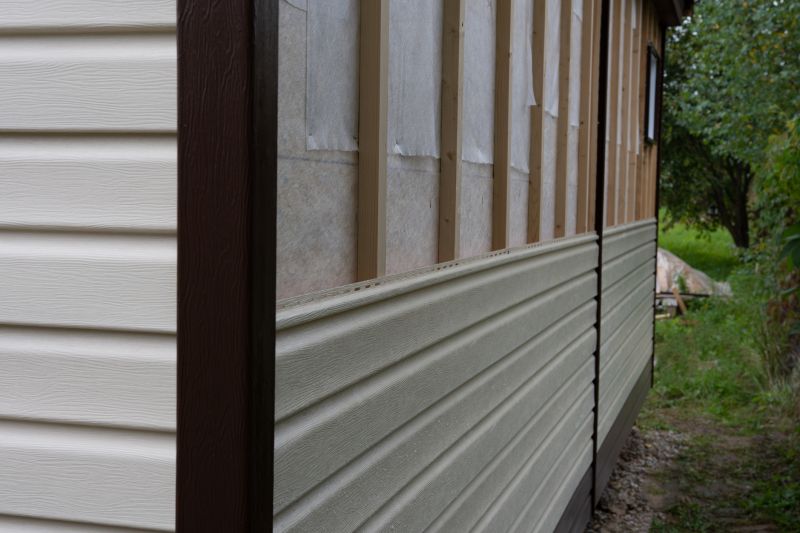
Results of well-timed cement procedures.
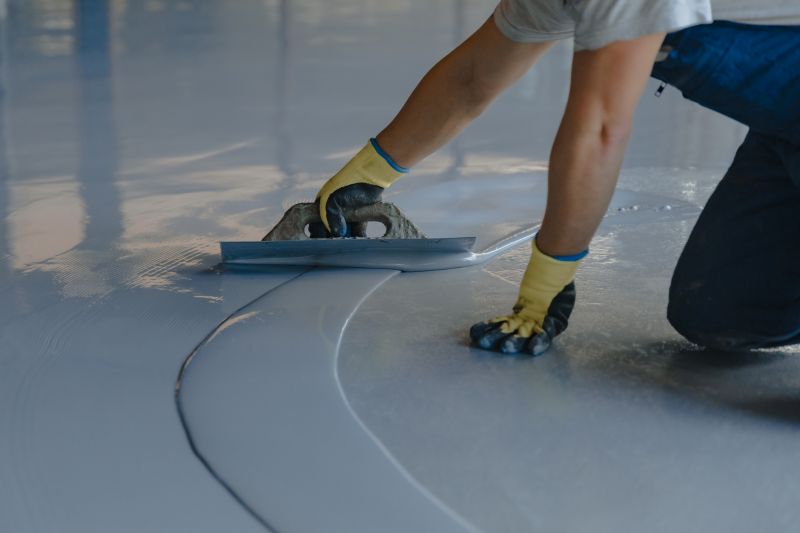
Post-application assessment for durability.

Guidelines for maintaining cement restorations.
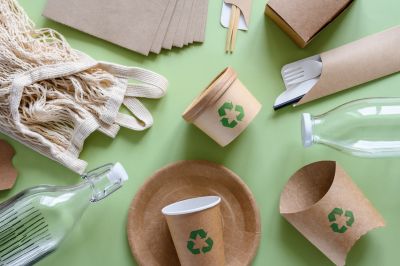
Lower-waste or water-saving choices for Cement Restorations.
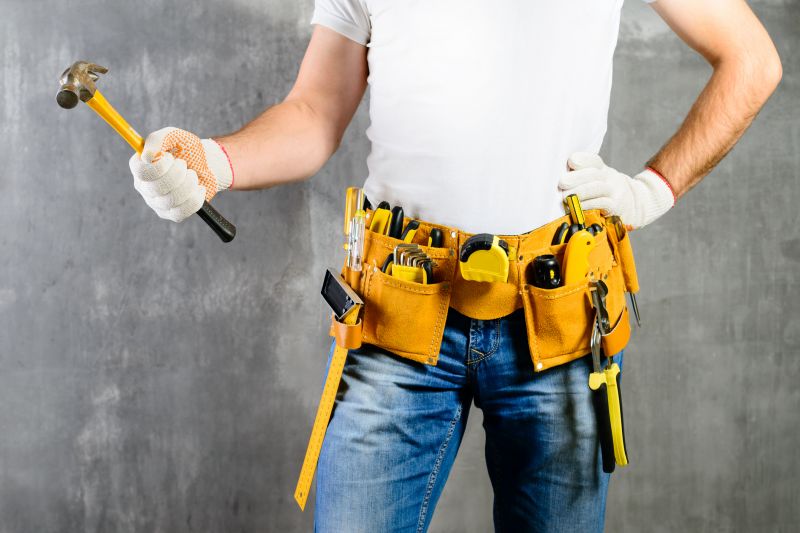
The short, realistic tool list for quality Cement Restorations.
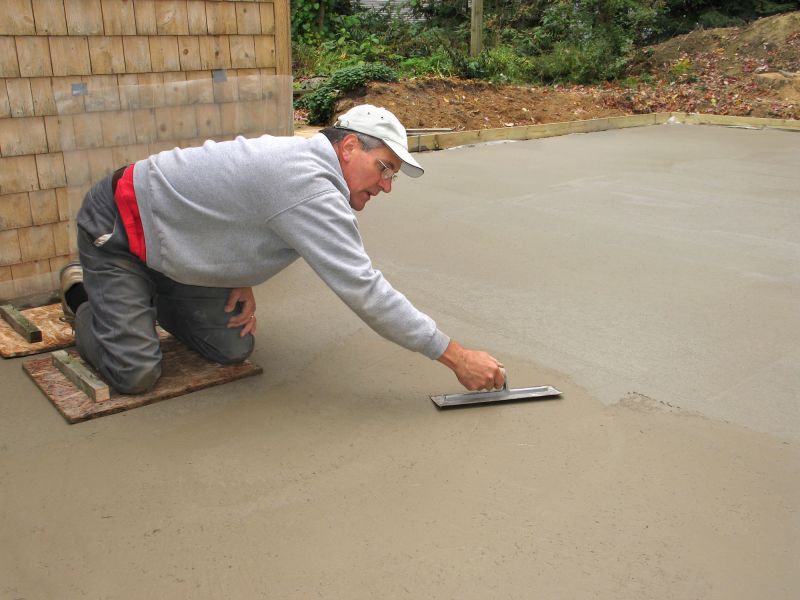
Rough timing from prep to clean-up for Cement Restorations.
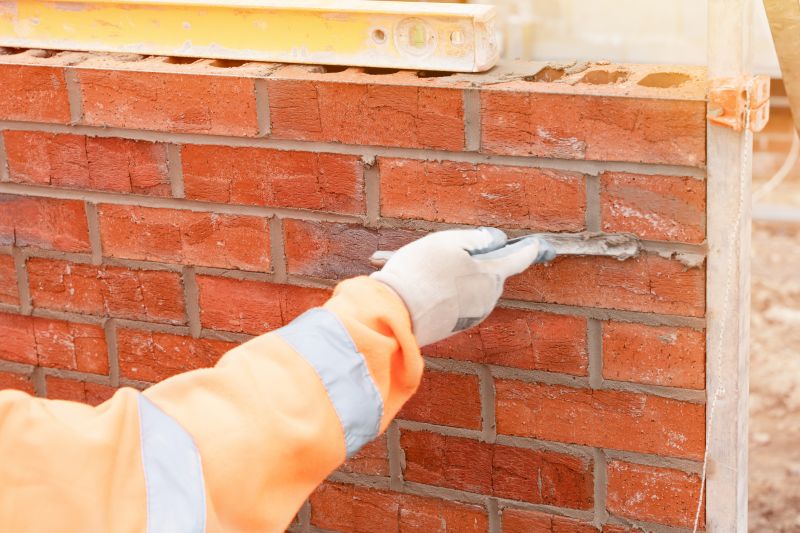
Quick checks and paperwork to keep after Cement Restorations.
Interested in cement restorations? Filling out the contact form can provide tailored information and scheduling options to ensure the best results based on individual needs and environmental conditions.
